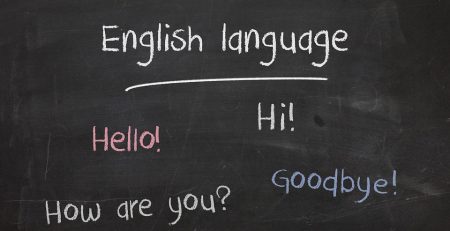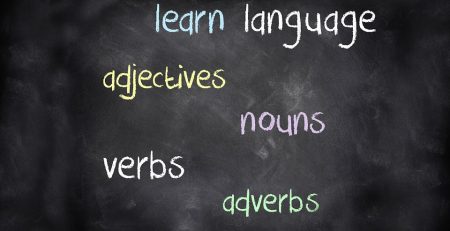The simple past tense indicates that you are discussing an event that has already occurred. Unlike the past continuous tense, which is intended to describe events that occurred across time, the simple past tense stresses the completion of the action.
Wolfgang admired the way his silver medal glinted in the light.
You can also talk about a former state of being, like as how someone felt about something, using the simple past. The simple past tense of the verb to be, along with an adjective, noun, or prepositional phrase, is frequently used to convey this.
The competition had been the highlight of his week for him, How to Write a Simple Past Tense.
Add -ed to the root form of the verb (or just -d if the root form already ends in an e) for normal verbs:
Play→Played Type→Typed Listen→Listened Push→Pushed Love→Loved
When it comes to irregular verbs, things get a little more complicated. A simple past tense for some irregular verbs appears just like the root form:
Put→Put Cut→Cut Set→Set Cost→Cost Hit→Hit
The simple past forms of other irregular verbs, such as the verb to be, are more erratic:
See→Saw Build→Built Go→Went Do→Did Rise→Rose Am/Is/Are→Was/Were
The good news is that, with the exception of the verb to be, verbs in the simple past tense do not need to agree in number with their subjects.
Wolfgang buffed up his medal. The medals of the other winners were also polished.











